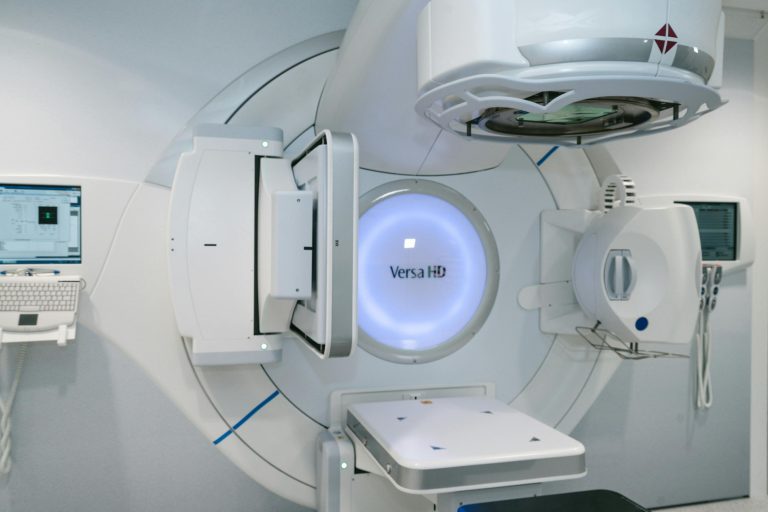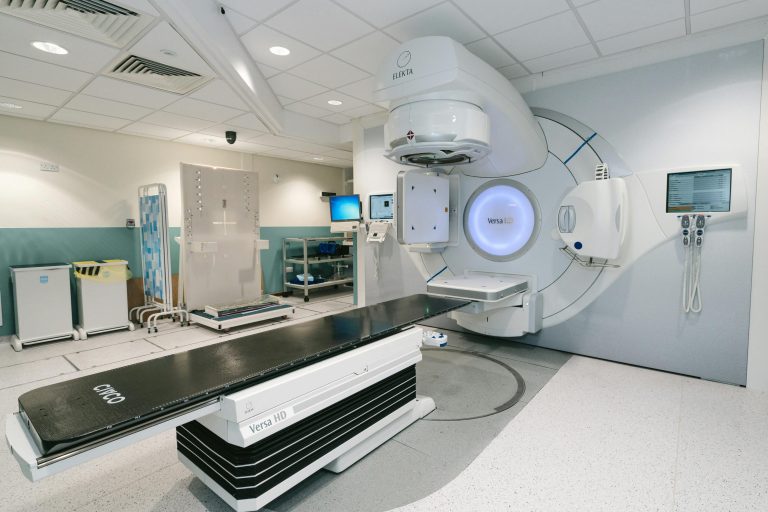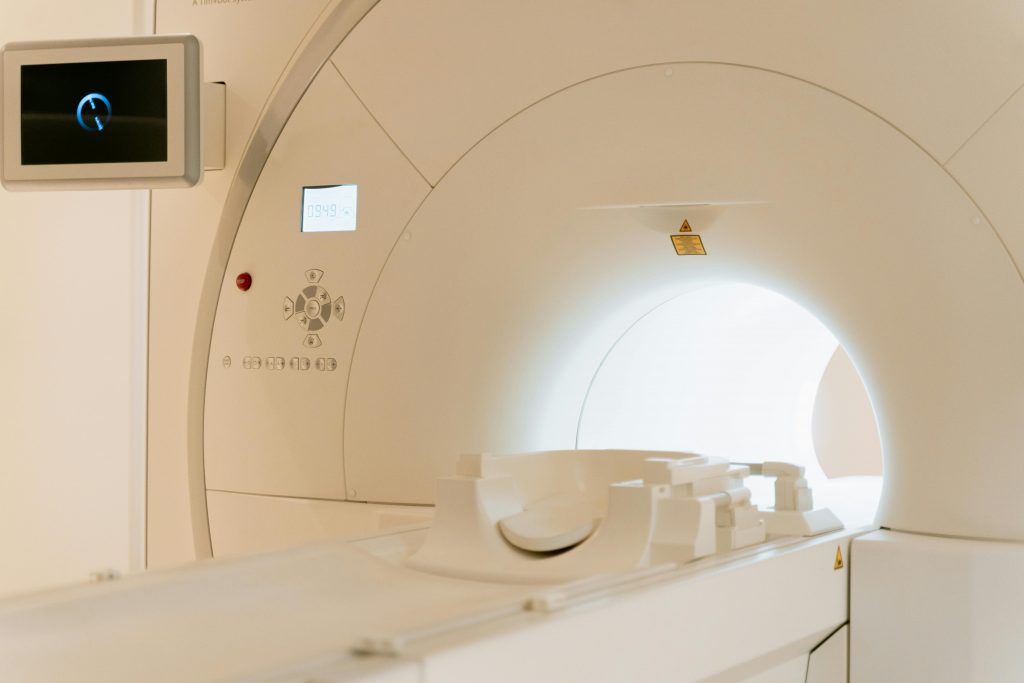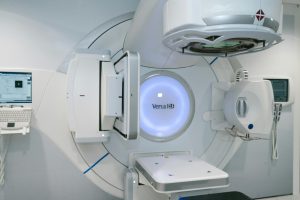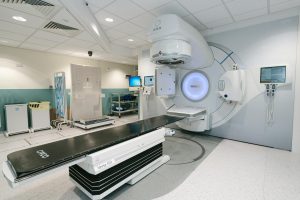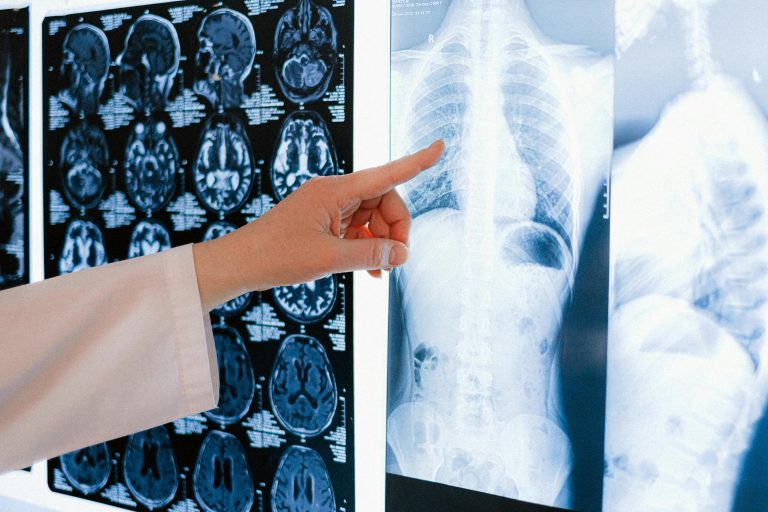Introduction to Imaging Modalities
SPECT-CT (Single Photon Emission Computed Tomography – Computed Tomography) and PET-CT (Positron Emission Tomography – Computed Tomography) are advanced imaging technologies used in nuclear medicine to provide detailed information about the structure and function of organs and tissues. While both techniques combine functional imaging with anatomical imaging, their mechanisms, tracers used, and applications differ.
Mechanisms
SPECT-CT:
SPECT utilises gamma rays emitted by radioactive tracers injected into the patient’s body. These tracers are typically isotopes such as Technetium-99m, Iodine-123, or Thallium-201.
The gamma camera rotates around the patient to detect the emitted gamma rays, creating 3D images of tracer distribution in the body.
The CT component provides detailed anatomical images using X-rays, allowing precise localisation of functional abnormalities detected by SPECT.
PET-CT:
PET uses positron-emitting radioisotopes, such as Fluorine-18, which is often attached to glucose (FDG) to trace metabolic activity.
When the positrons emitted by these tracers encounter electrons in the body, they annihilate, producing pairs of gamma photons that travel in opposite directions. These photons are detected by the PET scanner to create detailed images of metabolic activity.
The CT component, like in SPECT-CT, provides high-resolution anatomical images.
Tracers and Radioisotopes
SPECT-CT:
Uses gamma-emitting tracers like Technetium-99m, which are relatively easy to produce and have a longer half-life, making them suitable for a wide range of diagnostic procedures.
Tracers can be tailored for specific organs or tissues, allowing targeted imaging of the heart, bones, liver, or other areas.
PET-CT:
It uses positron-emitting tracers like Fluorine-18, which are usually attached to biologically active molecules like glucose, water, or ammonia.
These tracers provide information about metabolic processes and molecular activity, which can be crucial for detecting cancer, neurological disorders, and cardiovascular diseases.
Resolution and Sensitivity
SPECT-CT:
Generally, it has a lower spatial resolution than PET-CT, meaning the images are less detailed.
Sensitivity is also lower, requiring higher doses of radioactive tracers to obtain clear images.
PET-CT:
It provides higher spatial resolution and sensitivity, allowing for more detailed and accurate imaging of small lesions and subtle metabolic changes.
Quantifying metabolic activity accurately is a significant advantage in oncology for tumour detection, staging, and monitoring response to therapy.
Clinical Applications
SPECT-CT:
Widely used in cardiology for myocardial perfusion imaging, assessing blood flow to the heart muscle and detecting coronary artery disease.
Employed in bone scans to detect fractures, infections, or cancer metastasis.
Useful in neurology for evaluating brain perfusion and function in conditions like epilepsy or dementia.
PET-CT:
Predominantly used in oncology to detect, stage, and monitor various cancers. The high sensitivity of PET-CT makes it valuable for identifying small metastatic lesions.
In neurology, PET-CT is used to assess brain metabolism and diagnose conditions such as Alzheimer’s disease, Parkinson’s disease, and epilepsy.
Cardiology applications include evaluating myocardial viability and detecting areas of reduced blood flow or scar tissue after a heart attack.
Cost and Availability
SPECT-CT:
Generally, it is less expensive and more widely available than PET-CT.
It uses longer-lived and more readily available tracers, making it accessible for routine diagnostic use in many healthcare settings.
PET-CT:
It is more expensive due to the need for specialised equipment and short-lived tracers that require an on-site cyclotron or nearby radio pharmacy.
Limited availability in some regions, but its superior imaging capabilities often justify the cost in complex diagnostic cases.
In summary, both SPECT-CT and PET-CT are valuable imaging techniques with distinct mechanisms, tracers, and applications. SPECT-CT is more widely available and cost-effective, making it suitable for various diagnostic procedures. In contrast, PET-CT offers higher resolution and sensitivity, making it particularly valuable in oncology, neurology, and cardiology for detailed and accurate imaging. The choice between these modalities depends on the clinical scenario, the specific diagnostic needs, and the available resources.


